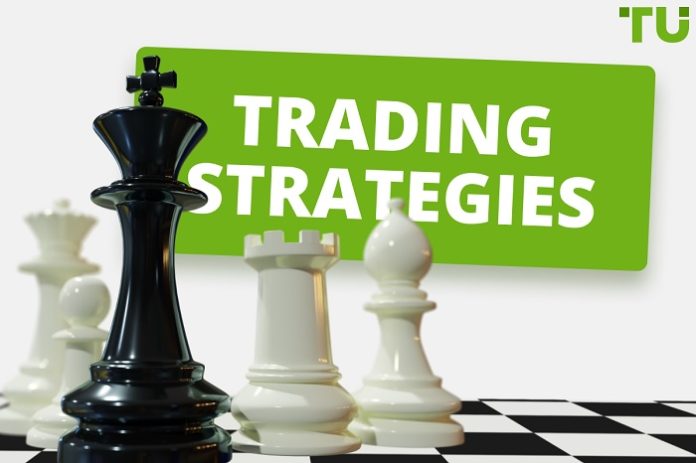Trading may be tremendously rewarding, but it is also fraught with danger. A trading strategy is a collection of rules and guidelines traders use to decide when to join and leave deals. Selecting a strategy compatible with your trading objectives, risk tolerance, and personality is critical.
When it comes to trading, having a good plan is essential. Yet, with so many options available, deciding which is best for you might be difficult.
This article will go over several trading tactics and how to figure out which one is ideal for your trading goals and personality.
What Exactly Is a Trading Strategy? – A Brief Introduction
A trading strategy is a systematic approach to trading that combines several strategies for analyzing and forecasting market movements. The aim is to spot successful trading opportunities and make sound judgments about when to enter and leave deals.
Different Sorts of Trading Methods
There are several trading techniques, each with a strategy and risk profile. The following are some of the most frequent types of trading strategies:
Fundamental Examination
The basic analysis investigates the fundamental economic and financial variables that determine the price of an item. Such influences include earnings reports, interest rates, and geopolitical developments.
Technical Analysis
Technical analysis examines historical market data to detect patterns and trends. This is part of analyzing charts, indicators, and price activity to make informed trading decisions.
Day Trading
Day trading is purchasing and selling assets on the same day to profit from short-term price changes.
Swing Trading
Swing trading maintains positions for a few days to a few weeks to profit on short-term market swings.
Position Trading
Position trading maintains positions for several months to years to profit from long-term price fluctuations.
Trend Trading
Trend trading entails detecting and following the direction of a market trend to profit from long-term price fluctuations in that direction.
Scalping
Scalping entails making many fast transactions to profit from small price swings.
Options Trading
Trading options may be an excellent way to diversify your financial portfolio while potentially increasing your earnings.
Also read: 6 Types of Options Trading Strategies
Nevertheless, before you enter into the realm of options trading, you first need to understand how options operate and the dangers associated. Traders may utilize the SPY Options Chain to bet on an asset’s future price direction, hedge against probable losses, and create revenue.
Considerations While Selecting a Trading Strategy
Selecting the best trading strategy necessitates taking into account some aspects, including:
Availability of Time
Some trading methods need more time and effort than others. Day trading, for example, necessitates ongoing market monitoring throughout the trading day, whereas position trading may necessitate a few hours of study every week.
Tolerance For Risk
Trading is always risky, but certain tactics are riskier than others. Scalping, for example, may be extremely risky due to the transaction frequency and low-profit margins. Still, position trading may be less risky due to the longer holding periods.
Trading Objectives
Various trading tactics are better suited to certain trading objectives. Day trading or scalping may be a better option if you want to make money fast. Position trading or trend trading may be a better option if you want to generate long-term wealth.
Putting Your Selected Strategy to the Test & Refining It
After you’ve selected a trading technique that you feel may be suited for you, you should test and refine it before putting your money at risk in the market. Consider the following steps:
Backtesting
Test your strategy using previous market data to see how it might have fared in the past.
Paper Trading
It allows you to test your technique in a simulated environment without putting real money at risk.
Keep Track of Your Progress
Maintain meticulous records of your trades and performance to find growth opportunities.
Constantly Refine
As you gain market experience and knowledge, modify and alter your plan to improve your outcomes.
Conclusion
In conclusion, no single “optimal” trading approach applies to everyone. Before risking actual money in the markets, it is advised that you test your trading technique for at least several months. But, based on your trading style and expertise, the time may vary.
Many trading tactics can be used to reach your financial goals. Yet, it is critical that they are compatible and do not clash.

